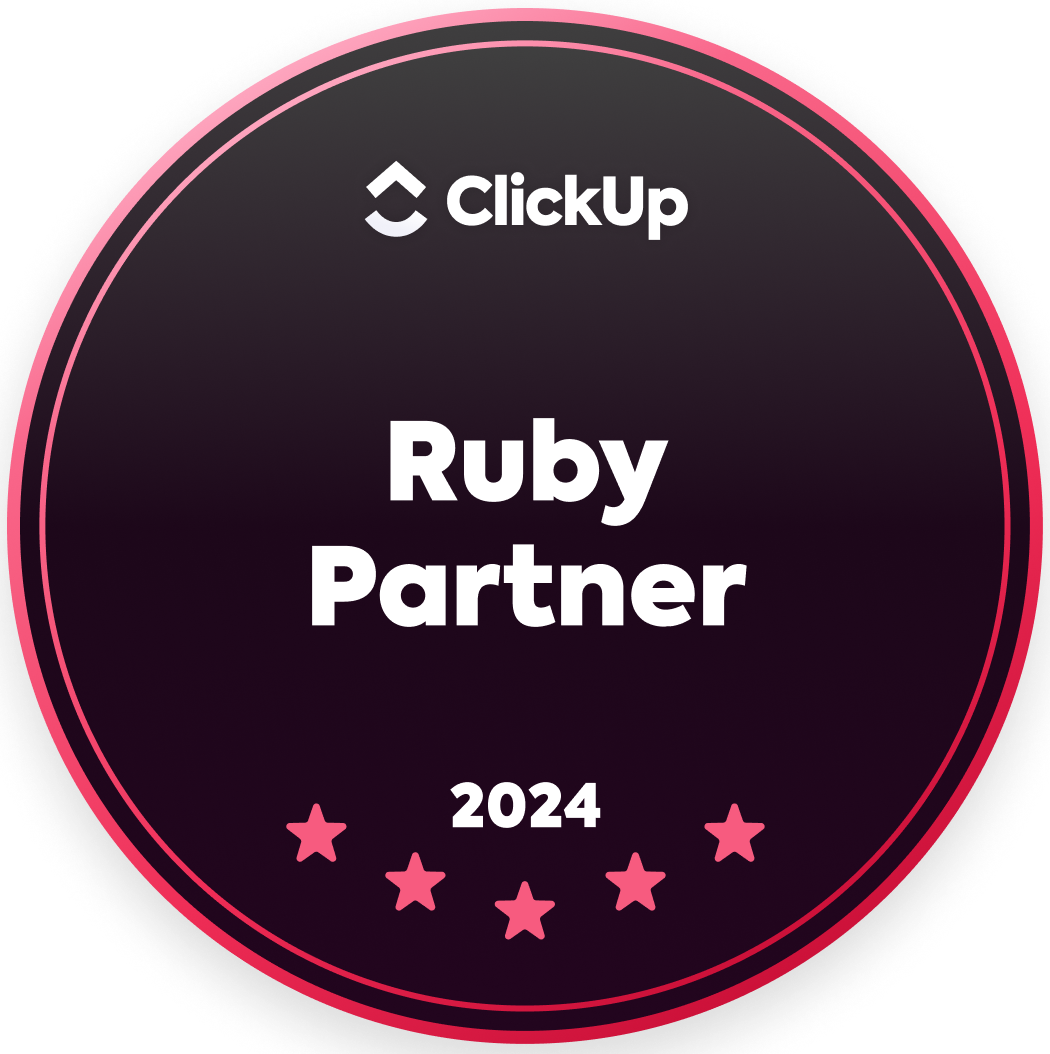|
by Dan Sills Managing complex projects and processes requires precision and control. You never want to be caught off guard after someone changes data or removes key project details from your sheet.
In order to prevent unexpected changes and stay on top of important updates to your work, you need a work execution platform that enables you to easily manage and track collaboration. With Smartsheet, sheet owners and admins can improve transparency and rest assured knowing their sheet information is protected with these easy-to-use features. by Staff Writer It seems like almost nothing changes faster today than technology. Blink and you’ll see new innovations – as well as new threats. Alongside this tremendous change, we’re witnessing unprecedented demands on IT professionals – everywhere from cybersecurity to platform migrations to the cloud to demand for new and updated hardware that fits the latest market trends. While demand for IT professionals is going through the roof, the talent pool is not necessarily growing at the same speed.
by Kit Unger Update: Our redesigned navigation experience is now live in the web app for all Smartsheet customers!
Earlier this year, we redesigned the Smartsheet interface to make sure you can easily locate and access the features you rely on most. As part of our continuous effort to improve the user experience, we’re now preparing to release navigation enhancements to our web application that will help teams access, organize, and share their work more efficiently. When you log in for the first time following the update, you’ll quickly notice a couple of big changes; there will be an open navigation menu listing your recently viewed work and the Smartsheet tabs will no longer be present. Today, I’m pleased to walk you through the forthcoming updates and their benefits. by Katy Beloof To compete in today’s marketplace, organizations can no longer rely solely on the old standbys of growing revenue and reducing costs. Increasingly, the success of enterprise organizations depends their ability to engage customers, accelerate product development, and attract world-class talent ahead of the competition.
These new business needs are fundamentally changing the nature of work. According to an October 2018 commissioned study conducted by Forrester Consulting on behalf of Smartsheet, Deliver On Top Business Objectives With Collaborative Work Management, businesses are seeing:
by Brendan Reed Today, teams across industries use a variety of ways to view, visualize, and act on information to get work done. Whether they’re creating and managing a portfolio of projects, tracking expenses, or servicing requests, they need to be able to work from anywhere, anytime, on any device — and be able to quickly visualize work in progress.
Inspired by Kanban boards and the Agile Methodology, Smartsheet card view is a highly visual way to prioritize, communicate, and collaborate on work. It makes information and data more approachable so that you always see the big picture, make sure your projects are on track, and identify potential gaps in your plan. by Stephen Danos Companies and teams that embrace the Smartsheet mobile app see many benefits, including some that aren’t so obvious at first glance. During the ENGAGE’18 session “Increase Productivity on the Go With Smartsheet Mobile”, we demoed some of the newer capabilities you can find in the Smartsheet mobile app for iOS and Android devices.
After fielding a few impromptu questions from session attendees, we shared some examples of how customers innovate using Smartsheet mobile. Read on to learn how customers in real estate property management, the fashion industry, and county park services have augmented their essential workflows with the Smartsheet mobile app. by Stephen Danos In a packed breakout session at ENGAGE’18, Margo Visitacion, VP and Principal Analyst at Forrester Research, shared expert insights on how collaborative work management platforms impact and empower employees.
She discussed and analyzed project management methodologies, how the digital transformation journey is unique for different companies, and how collaborative work management is becoming an effective toolkit to help organizations to work together more effectively, in projects and processes. by Renee Coulombe Collaborative work management tools are transforming the way project management leaders plan and organize work. According to a new in-depth report by Project Management Institute (PMI)®, 84 percent of innovators say the cloud is giving their organization a competitive advantage when it comes to project management — and cloud-based tools are proliferating.
But if the platform you’re using lacks critical project management features, you risk process inefficiency and team confusion. When evaluating cloud collaboration platforms for project management, it’s important to make sure they have these key features: by Renee Coulombe When it comes to technology, business leaders know there's no such thing as a single platform that meets everyone’s needs. In our 2017 State of Enterprise Collaboration report, 90 percent of enterprise IT decision makers believe the presence of multiple collaboration tools in the workplace has made employees more productive.
But if teams are working across siloed work applications, important information can fall into a void. With over 15 secure integrations, Smartsheet and G Suite are enabling teams to collaborate with precision and transparency. Learn how these four Google integrations can help you streamline processes and drive meaningful gains for your business: by Lea Gikas Today, business professionals are expected to get their work done, fast. Many companies now rely on enterprise collaboration tools to improve and enhance overall efficiency.
The partnership between Smartsheet and Microsoft is built on the drive to create a seamless collaboration across tools and platforms. The Enterprise Collaboration Report shows that customers are demanding tools that allow their employees to work seamlessly across platforms. True collaboration requires tools that play nicely with other workplace technologies. With multiple integrations, Smartsheet and Microsoft strive to enable this reality for their mutual customers. |
|
Care line: +603-9212 0157
|
Leave us your inquiry |
|
This company is registered with the Ministry of Finance, Malaysia.
57Network has been helping global companies in digitizing work management for greater transformation. Copyright © 2024 57Network Consultancy Sdn. Bhd. Company Registration number : 202001020346 (1376666-K) (Formerly FIFTY SEVEN NETWORK since May 2015). All rights reserved. |








